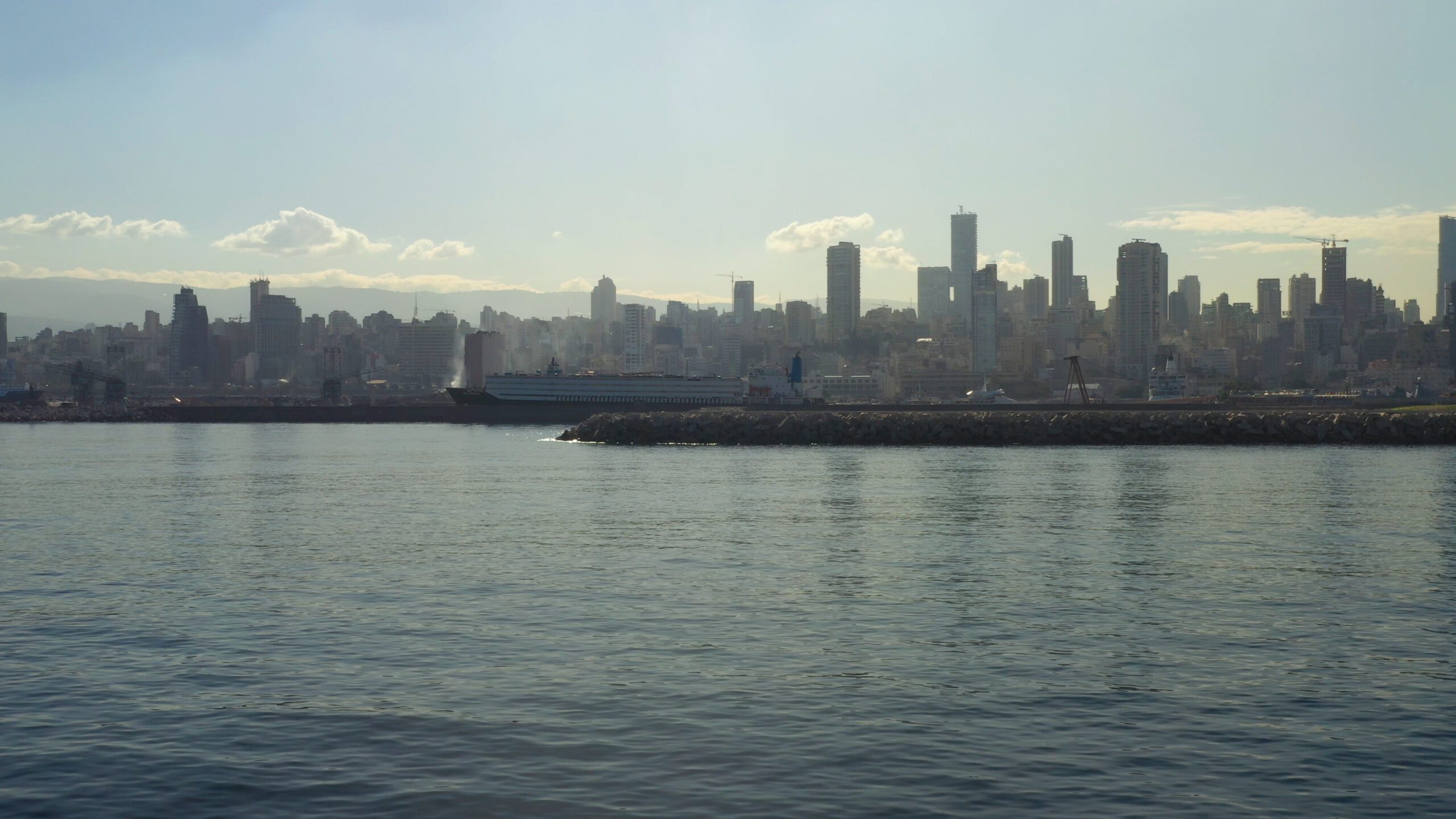The Lebanese Civil War is one of the most notorious black marks on Lebanon’s political and social history. Many no longer believe it warrants as much discussion as it does forgetfulness – perhaps because the topic has been avoided for fear of re-igniting the same hysteria that caused the war in the first place, omitting it out of school textbooks, history retellings, and even discussions amongst Lebanon’s warlords-turned-politicians.
Mostly, people choose to table it and leave the conversations unfinished. If the conversation is ever finished, the conclusion is nearly always the same: the war is nothing short of a terrible event that needn’t have happened in the first place.
But “The Soil and The Sea” refuses to keep the matters tightly under wraps. It is the first record of its kind to unveil the violent histories lying beneath a garden, a school, a luxury hotel, the sea and other unremarkable landscape through the testimonies of eyewitnesses, families of the missing, former detainees and survivors.
Opening up with a distressing poem titled “The White Sea” by Elias Khoury, the poet likens the sea to a mass grave. The White Sea becomes a blackened, burial ground. We, as viewers, are left feeling harrowed. And this feeling does not leave.
From the start, we understand that this film is going to be emotionally and psychologically heavy to digest. But nonetheless, we understand that no matter how uncomfortable or upset we may feel, it is necessary that these stories are told to us, so we may retell them once again.
Over the next hour, the film introduces us to various unnamed storytellers: a sister awaiting her brother to return, a shop owner who was kidnapped and brutally beaten, a mother who mourns a son she could never bury, are only a few to name.
The storytellers themselves are never displayed – rather, the team overlays their voices over mundane shots of the areas they describe in present times. Sometimes, it is a university campus, a monastery, or a church. Other times, it is the southern village of Damour, or the Shatila refugee camp in Beirut. It does not matter that we never get to know their names, ages, or identities – what matters is what they have to say, and that we have to listen.
The stories are brutal, painful, distressingly honest and detailed – quite the opposite of the mainly serene scenes we are witnessing on screen. In one scene, a storyteller describes how one Beiruti neighborhood was once used as a dumping ground for bodies. This place that once carried death a mere 40 years ago has now been turned into a luxury apartment complex, where apartments can sell for $500,000 a piece.
This is just one example of the various areas in Lebanon where an unmarked mass grave remains. We leave the film feeling uneasy, because the truth is, we do not know where the bodies of all those that disappeared during the civil war lie. As the film’s synopsis suggests, they could be anywhere: a garden, a school, and other unremarkable landscape.
In helping promote the voices and stories of those forgotten and neglected, the film creates a historical archive on the civil war – one of the first of its kind in the country. Not only so, but it brings to light yet another area of the Lebanese government’s negligence to commemorate its dead and install reminders of them across its land.
“The Soil and the Sea” reminds us that the soil, land, and sea that once witnessed bloodshed and violence, are today nothing more than ordinary areas of Lebanon. These lands do not offer closure, empathy or even reminders that losses were incurred – they are only ever used and re-used, and only the survivors will remember the events they once carried.
The film is successful and powerful, devastating and heartbreaking. But again, it doensn’t matter if it leaves us feeling upset and distressed – what matters is that we listen, and that we remember.


